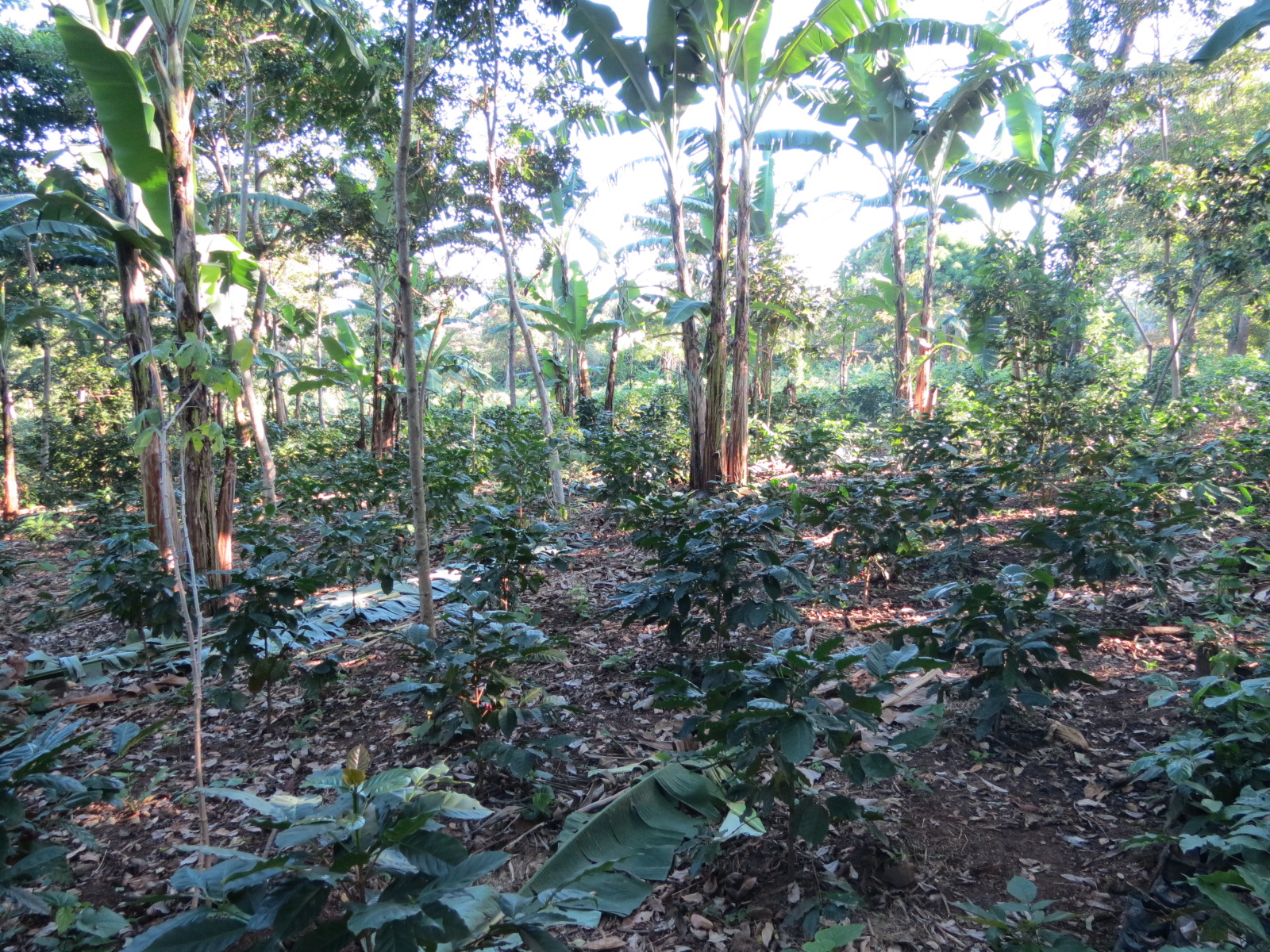Land Use plans including the delineation of Village Land Forest Reserves & Participatory land use management.
Collaboration with landscape partners including Village and District governments, TNC and Pathfinder International (Tuungane).
Legal contracts between resource owning communities and Carbon Tanzania
A results-based payments for conservation system measured and monitored using a REDD (avoided deforestation) project methodology.
Accessing the voluntary carbon market.
